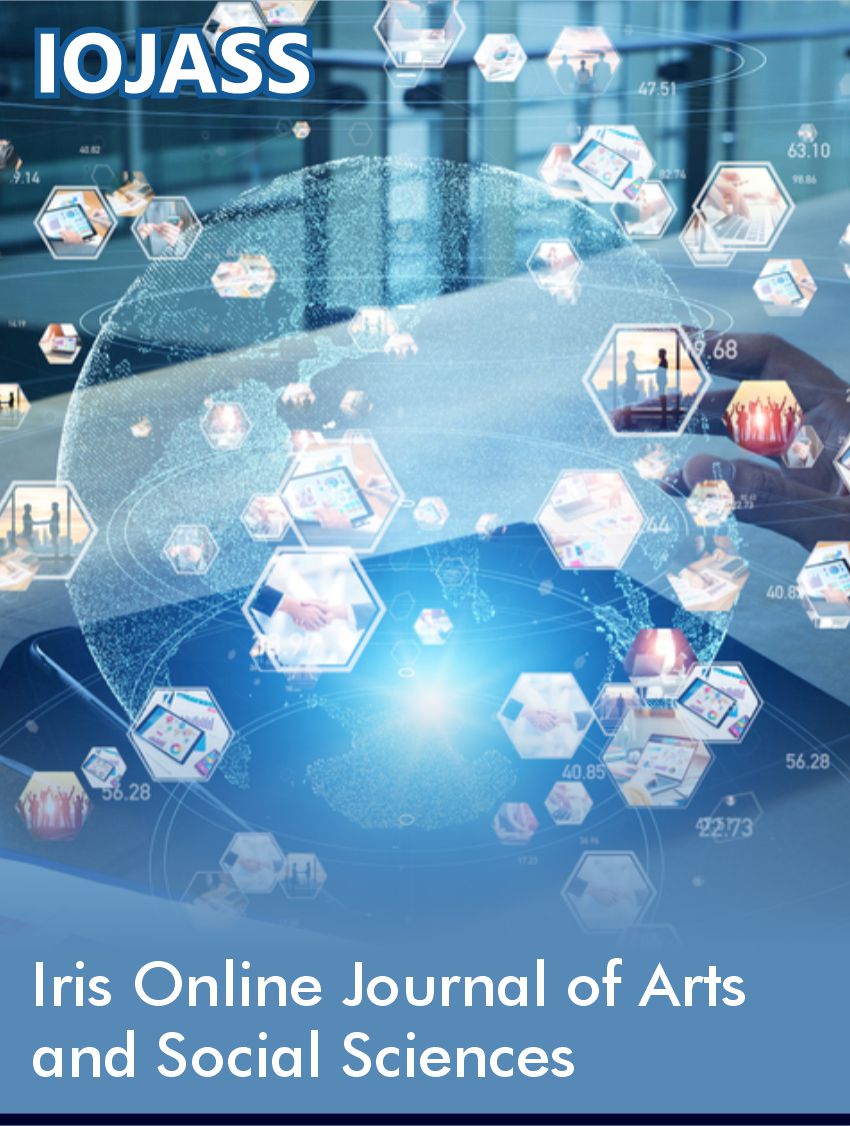 Mini Review
Mini Review
Surveys Sent to Postal Mail Recipients by Special Interest Groups
Keith V. Bletzer*
Arizona State University, School of Human Evolution and Social Change, PO Box 2402, Tempe, AZ 85287, USA
Keith V. Bletzer, Arizona State University, School of Human Evolution and Social Change, PO Box 2402, Tempe, AZ 85287, USA
Received Date: July 03, 2023; Published Date: July 10, 2023
Introduction
Despite the increased capacity of online technology for interpersonal communication, the U.S. postal service continues to be a preferred means of communication for many people and/or organizations. Improvements in technology allow organizations a means of enhanced communication for mailings with greater variability in lettering size and/or font type and/or colors, as well as the potential for inclusion of visual imagery.
This mini review explores the use of U.S. mail for purposes of research by means of surveys that are sent by special interest groups (SIGs) to individuals across particular regions and/or all fifty states. To follow the professional concern for anonymity that is the hallmark of human research, the SIGs in this mini-review are not identified by name. Instead, they are clustered by their focal interests (listed by frequency): Environmental Concerns (animals, land, etc.) n=48; Political Agenda n=44; Community and Poverty n=39; Veterans n=38; Health Disparities (by type) n=36; Religious Focus n=33; Food Insecurity n=12; Gun Violence n=5. Apart from these eight SIGs that implement surveys through mailings, five other SIGs that do not send mail surveys were part of the database (AUTHOR). These include Firefighters and Law Enforcement n=44; Education (formal and informal) n=28; Native Americans and Indigenous Peoples n=21; Museums and Library Centers n=10; and Refugees 9.
A survey is a form of research with a respondent who provides information by person-to-person communication that may be computer-based, face-to-face [one-on-one or a convened focus group], postal mail, or telephone. As such, a survey generated within academic settings requires Human Subjects Approval that is granted after review of a proposed project by an Institutional Review Board at a college or university White [1]. A survey conducted by a SIG, however, may lack this requirement as “a type of humanistic research focused on specific persons or issues” Podlas [2]. This refers to a survey that is outside the jurisdiction of an academic institution. Surveys implemented by institutional staff would include forms of biomedical and/or behavioral research (264-265). Thus, humanistic research extends “collected information to other people and situations” (266), when a SIG is involved.
The principles of human subject’s research include respect for persons, beneficence by the utilization of research findings for societal improvements, social justice in relation to emphasis on socio-cultural equity, and non-maleficence (do no harm). Borofsky [3] synthesizes these four principles for the field of anthropology:
i. Accountability (469-470);
ii. Easy-to-understand explanation of results (471-473);
iii. Willing collaboration among groups and/or individuals (469, 474-475);
iv. Benefits to others (463, 470, 474-476). Key investigative reports that led to improvements and cautions for social science as well as biomedical research with human subjects include the Nuremburg Code in 1947, Belmont Report Office for Research Protections [4], and Moral Science: Protecting Participants in Human Subjects Research in 2011 (White 2020, passim), among others.
Echoing an emphasis on moving beyond “do-no-harm” Borofsky [5], less attention is directed to nonmaleficence in bio-medical research White [1], whose design nonetheless must consider the removal of potential complications. Although the protection of human subjects has become cautious and protective, the probability that a human subject would be harmed has become noticeably less likely with the passage of time White [1].
Another related concern in not having a pending survey reviewed by an official review board is the potential for collected data that is ineffective. Rather than implementation of inefficient survey techniques, the methodology could be strengthened through a formal review that would assure that the collected information (findings) can be applied to meet the goals of a particular SIG. Identified SIGs in this Mini-Review do not mention how the participation of mail recipients in a survey has been applied to their organizational goals. However, revealing any aspect of expectations for survey results could weaken collection procedures, if participants became aware. At the same time, mail recipients who provide survey data may wish to be re-assured that their participation has been worthwhile for the SIG sponsor. How this re-assurance may be shared with constituent-participants in an appropriate manner by a SIG is an endeavor for future consideration.
References
- White, Michael G (2020) Why Human Subjects Research Is Important. The Ochsner Journal 20(1): 16-33.
- Podlas, Kimberlianne (2020) The New Common Rule Corrects an Old Misunderstanding: Journalistic Investigation, Biographical Interviewing, Legal Research, and Creative and Historical Writing Focusing on Specific People Are Not ‘Research’ ‘Involving Human Subjects’ Requiring IRB Approval. Seton Hall Legislative Journal 44(2): 256-282.
- Borofsky, Robert (2020) Public Anthropology. IN Perspectives: An Open Introduction to Cultural Anthropology. Nina Brown, Thomas McIlwraith, and Laura Tubelle de González (Eds.), (2nd edn)., Arlington, VA: American Anthropological Association, pp. 456-488.
- Office for Research Protections (1976) The Belmont Report. National Commission for the Protection of Human Subjects of Biomedical and Behavioral Research. Office for Human Research Protections, U.S. Department of Health and Human Services, Washington, DC, USA.
- Borofsky, Robert (2019) An Anthropology of Anthropology: Is It Time to Shift Paradigms? Kailua, HI: Center for Public Anthropology.






